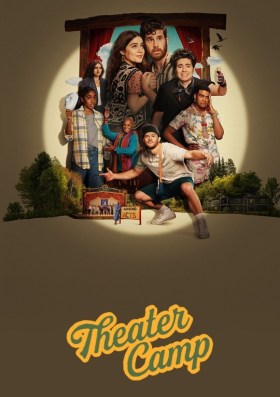
A Haunting in Venice
Kenneth Branagh’s third film outing as Belgian detective Hercule Poirot is certainly loaded with stylish touches (trailer). A dark and stormy night, water everywhere. A gloomy palazzo where a Halloween party for orphans is staged. A crashing chandelier. Masked gondoliers. A psychic invited in the hope she can communicate with a former opera star’s dead daughter. Directed by Branagh and written by Michael Green.
Oh, and a houseful of suspects. Branagh has made a third try at getting right the mustache which prompted so many cackles in Murder on the Orient Express. This one is . . . interesting. Layers. No sign of the scar mentioned in Death on the Nile as the reason for growing the thing in the first place. Although the first two movies hewed closer to the original Agatha Christie novel, this story based on her novel Hallowe’en Party, has strayed off into territory of its own.
Super supporting cast—Tina Fey as mystery writer Ariadne Oliver who inveigles Poirot into investigating the medium; Kelly Reilly as the opera singer; Michelle Yeoh as the psychic; and the brilliant Camille Cottin as the housekeeper. (You may remember Cottin as the star theatrical agent in the French comedy series, Call My Agent.) And, you may recognize Jude Hill as the boy who played the lead in Branagh’s Belfast. Here he plays the 12-year-old son of a PTSD-afflicted doctor, played by Jamie Dornan, his father in Belfast too.
All you’ll miss if you wait for Haunting to stream is the scenery. A Gothic pall overlays the story, but the plot itself is a tad weak. Not mysterious enough for a mystery and not scary enough for horror. Christie’s original must have been shocking, though, because it’s the only one of her books in which a child was the murder victim. Not here. Here it’s Poirot who almost becomes the victim of apple-bobbing. Not great, but you don’t leave the theater feeling bludgeoned by sound effects, either.
Rotten Tomatoes critics’ rating: 76%; audiences: 78%.

Theater Camp
While the movies about kids’ summer camps have worn their jokes thin as tissue-paper already, don’t let that discourage you from seeing this fresh take on the genre from directors Molly Gordon and Nick Lieberman (trailer). It stars Tony award-winner Ben Platt (Dear Evan Hansen), Molly Gordon as loyal camp counselors and Noah Galvin as tech support, plus an ensemble of hammy, misfit campers.
The long-time owner of a theater camp in the Adirondacks (it’s Camp AdirondACTS) falls ill and is unable to carry on. Her son (Jimmy Tatro), who has no feeling for theater, kids, or camp takes over. He fancies himself a finance genius, which seems in his mind to consist of writing himself many inspiring post-its. Can the counselors save the day?
Fun and refreshing, it’s what you’d call a “small movie,” and since it’s already probably too late to see it on the Big Screen, Hulu is streaming it.
Rotten Tomatoes critics’ rating: 85%; audiences: 80%.















